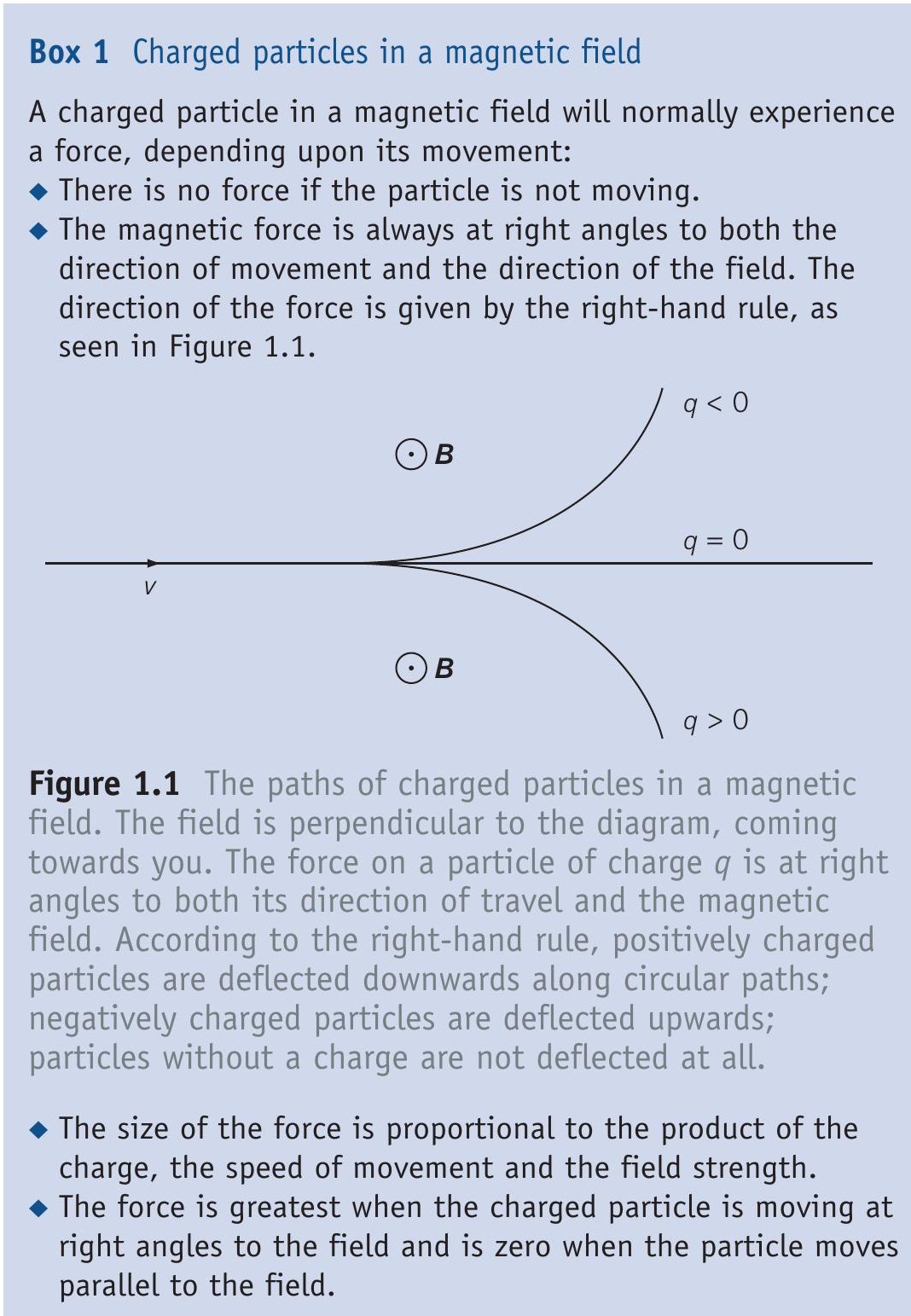
The Sun radiates a prodigious amount of energy and matter, and Earth can find itself in the path of damaging amounts of radiation. The Earth’s magnetic field shields us from the worst effects, but the charged particles from the Sun create their own field, which adds to that of the Earth. Faraday’s law of electromagnetic induction tells us how this affects electrical systems, which, in extreme cases, may suffer terminal damage. Can we forecast this space weather to protect our technology?
The Sun affects the whole of our lives. It provides light and heat and so is essential for life on Earth, but it does much more than that. To learn more about it, one or two simple facts will get us started. The Sun has a volume over a million times greater than Earth’s and radiates energy at the rate of about 4 × 1026 watts — the energy radiated in 1 second is enough to power the whole planet for several million years. The source of this power is nuclear fusion, which uses the high density and temperature in the core of the Sun to fuse hydrogen nuclei to create helium. In each nuclear reaction, a small amount of mass is converted into energy according to Einstein’s famous equation, E = mc2. The Sun loses about 4 million tonnes of matter per second in this way (1 tonne = 103kg). The Sun is so large and its core density so great that it takes about a million years for the energy generated in the core to make its way to the surface. When it does so, some is released explosively along with a considerable amount of matter. The gap between Sun and Earth is therefore filled with varying emissions from the Sun, which give rise to what has become known as ‘space weather’. Scientists are trying to predict this space weather; let us find out why.
Your organisation does not have access to this article.
Sign up today to give your students the edge they need to achieve their best grades with subject expertise
Subscribe




